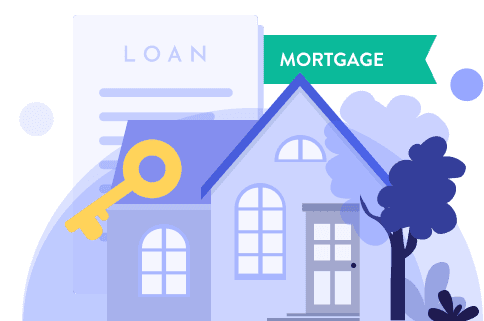Your HELOC's APR determines your monthly payments and total borrowing cost. The national average HELOC APR is 6.64%. Aven, PNC Bank and TD Bank offer the best rates, with APRs starting at 7.99%, 8.22% and 8.34%.
Your total cost depends on rate discounts and fees beyond APR. Compare terms from multiple lenders to find the HELOC that matches your budget and borrowing needs.









